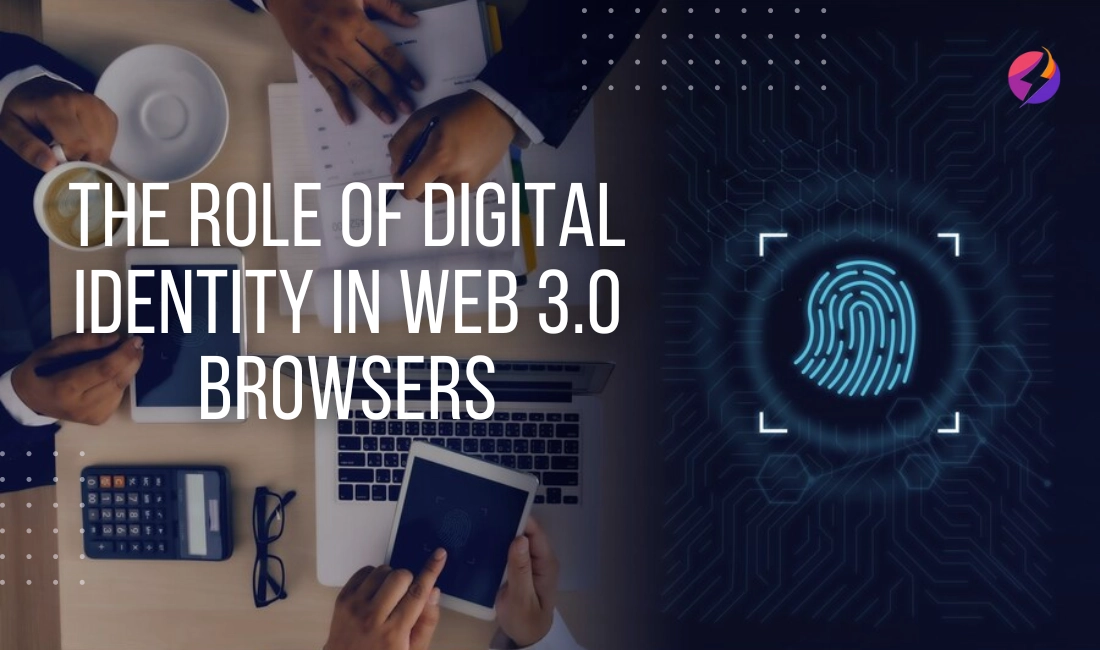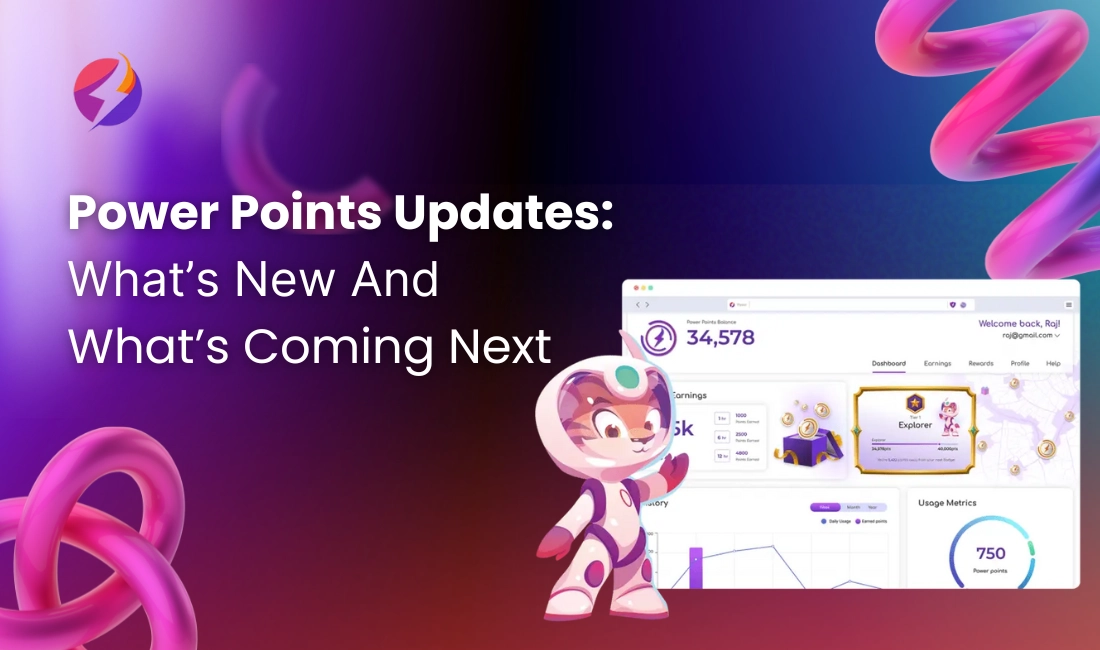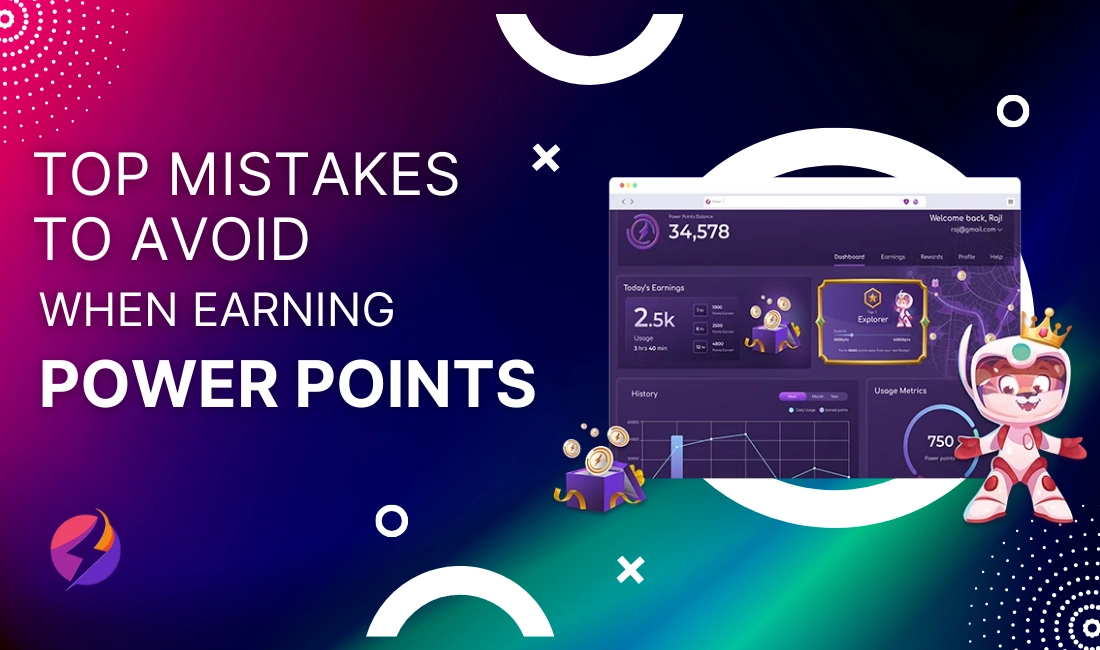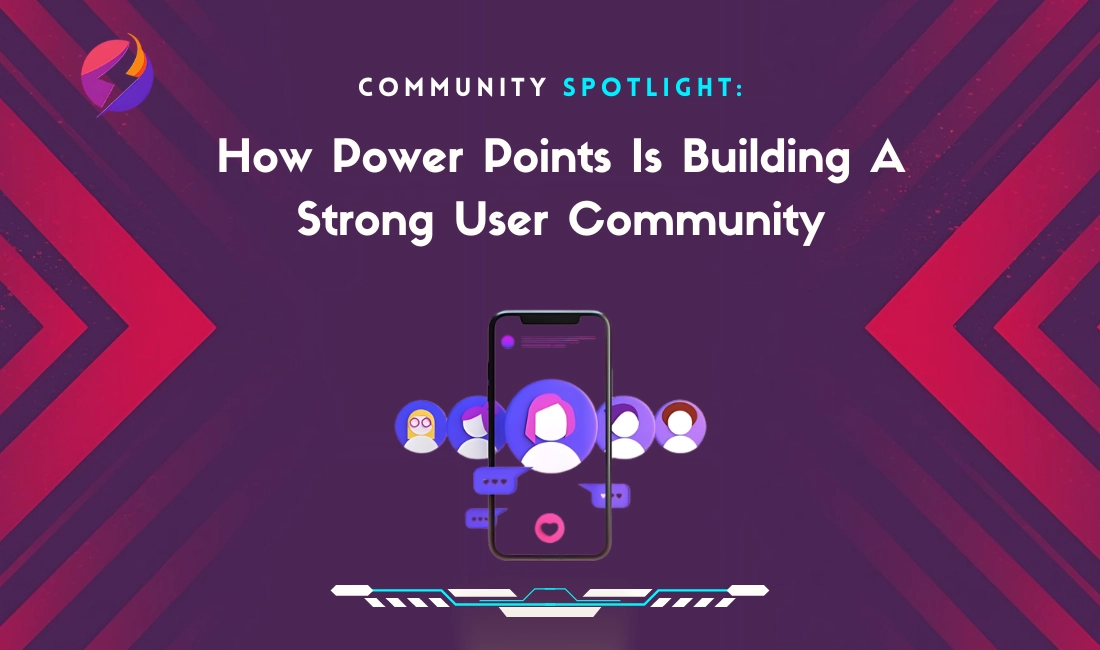As we head toward a decentralized digital revolution, familiarity with Web 3 technologies is becoming essential. The advantages of Web 3 browser technology and the rapidly expanding array of services are increasingly apparent to individuals and organizations. In this context, concerns around digital identification have become of utmost importance.
The current web-backed internet has numerous drawbacks, including social media addiction and data breaches, which have significantly impacted users’ digital experiences. Blockchain technology is revolutionizing the internet’s core operating system, driving its development towards a more secure and user-centric model.
A key question arises: how has Web3’s digital identity influenced Internet development? Digital identities are fundamental to the operation of Web3, as they regulate interactions within this new ecosystem. Nearly every aspect of the Web3 ecosystem, from monetary exchanges to interactions within the metaverse, is built upon digital identities.
In this blog, we will discuss the role of Web3 browsers in digital identity and explore how they are changing the business landscape. So, let’s begin.
Web3 browsers offer a decentralized browsing experience that puts privacy, security, and data ownership first, representing the next step in the evolution of Internet browsing. With Web3 browsers, users can engage directly with decentralized applications (dApps) and marketplaces, instead of standard browsers that depend on central servers and outside mediators.
Two important aspects of Web3 browsers are privacy and security. Web3 browsers can provide a more secure surfing experience by preventing tracking and surveillance and protecting user data through the use of peer-to-peer networking and blockchain technology.
Furthermore, Web3 browsers provide user control over their digital assets and personal data by prioritizing data ownership.
Web3 browsers that are widely used include Power Browser. It comes with several features that facilitate decentralized browsing, like dApp integration and built-in support for Bitcoin wallets. Let’s explore some more features of Power Browser in detail.
Users can say goodbye to intrusive pop-ups, banners, and adverts in favor of a private, quicker, and data-saving online experience that is tailored specifically for users.
Users can navigate their favorite websites quickly because of lightning-fast loading rates.
With Power Browser’s vast assortment of customizable themes, users may unleash their creativity and create a surfing experience that is all their own.
Users trust Power Browser’s steadfast dedication to security, reinforced by strong safeguards to protect their online activities, with their safety. With Power Browser, discover the power of unbridled browsing.
Guess what, Power Browser is not just limited to these features. It has more amazing features like Voice Search, Collapsible sidebars, custom backgrounds, bookmarking, password sync, etc. These features are worth it and can increase your browsing experience
Digital identity describes a person, thing, or entity’s distinct online persona. In contrast to the fragmented identities that result from using multiple platforms and services for web browsing, Web seeks to establish a more cohesive and decentralized digital identity system.
Digital identities on Web3 browsers are frequently maintained via blockchain technology and decentralized identity protocols. Users now have more control over the way their data is shared online thanks to these protocols. Users can establish self-sovereign identities, which enhances security and privacy by granting themselves ownership and control over their data.
Web3 browsers may support digital identities that consist of cryptographic keys, biometric information, and other identifiers that are securely maintained and controlled by the user independently of centralized authorities. Web3’s overarching goal of empowering users and building a more transparent and interoperable web ecosystem includes this move toward decentralized identification systems.
Through improved security, more trust, and the ability to support new business models, Web3 browsers and digital identification are radically changing the corporate landscape. These technologies are bringing about change in the following significant ways:
Web3 browsers, such as Brave and MetaMask, offer self-sovereign identities (SSI) and decentralized identifiers (DIDs). One of its main features is decentralized authentication. By enabling safe authentication without the need for centralized databases, these solutions lower the possibility of identity theft and data breaches.
Furthermore, Web3 gives consumers authority over their data. Users can choose what information to give to businesses and keep their data locally, improving privacy and guaranteeing adherence to laws such as the CCPA and GDPR. In addition to enhancing security, this move toward user-controlled data promotes increased openness and trust between consumers and companies.
Businesses can use Web3 technologies to expedite Know Your Customer (KYC) procedures by employing verifiable credentials. By using these credentials, user identities may be verified safely and effectively, eliminating the need for repeated checks. This helps firms comply with regulations more affordably by expediting the KYC process and drastically reducing administrative expenses.
Decentralized solutions also lessen the need for middlemen in the identification verification process. Businesses can speed up numerous processes and reduce transaction expenses by getting rid of these middlemen. In addition to improving operational effectiveness, this move toward decentralized verification also creates a more fluid and economical corporate environment.
Innovative business models like tokenized assets and digital collectibles are made possible by Web3 browsers, which also make it easier to employ tokens and Non-Fungible Tokens (NFTs). This advancement makes it feasible for companies to monetize digital assets in ways that were previously impractical by opening up new revenue sources and marketplaces. Tokenizing assets can transform sectors like entertainment, real estate, and the arts by establishing new kinds of ownership and value.
Additionally, digital identities enable consumers to engage with Decentralized Finance (DeFi) platforms, which provide financial services including borrowing, investing, and lending without relying on conventional banks.
By democratizing access to financial services, this decentralized strategy helps people manage and increase their money on their own. DeFi platforms can provide more flexible and inclusive financial products by eschewing traditional financial institutions, encouraging competition and innovation in the financial industry.
As we navigate the transformative journey toward a decentralized digital revolution, the role of Web3 browsers and digital identity becomes increasingly significant. These advancements enhance security and privacy, open up new business opportunities, and streamline operations.
By empowering users with control over their data and facilitating innovative business models, Web3 is reshaping the digital landscape. Embracing these technologies is not just about staying ahead; it’s about building a more secure, transparent, and user-centric internet for everyone. The future of the internet is here, and it’s decentralized.





